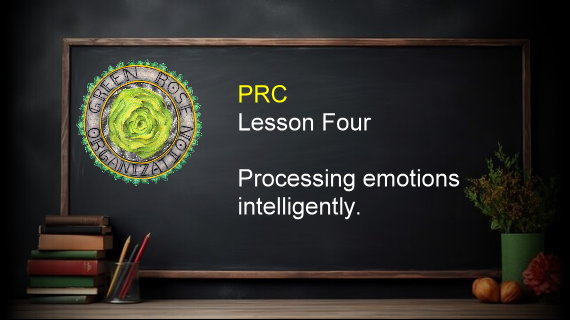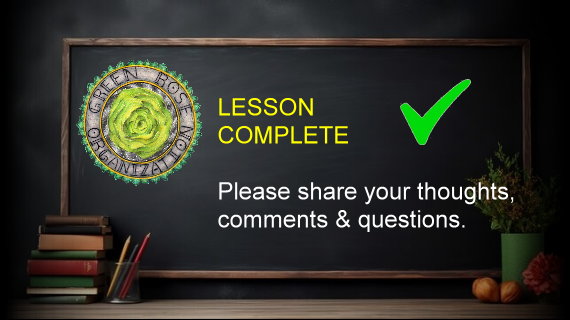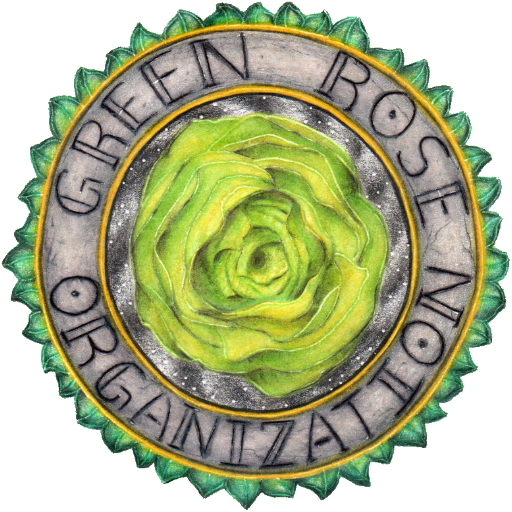
PROCESSING EMOTIONS INTELLIGENTLY
DR. ALBERT ELLIS’ A.B.C. MODEL FOR CHANGING THOUGHTS, EMOTIONS AND BEHAVIORS
Albert Ellis developed the ABC Model as part of his Rational Emotive Behavior Therapy (REBT), a precursor to Cognitive Behavioral Therapy (CBT). This model provides a framework for understanding how thoughts influence emotions and behaviors. Here’s a detailed breakdown: 1. The ABC Framework A: Activating Event – This refers to the external situation or event that triggers a reaction. For example, receiving criticism at work. B: Beliefs – These are the thoughts and interpretations about the activating event. Beliefs can be rational (helpful) or irrational (harmful). For instance, thinking “I made a mistake, but I can learn from it” versus “I’m a complete failure.” C: Consequences – The emotional and behavioral outcomes resulting from the beliefs. Rational beliefs lead to constructive consequences, while irrational beliefs result in distress or maladaptive behaviors. 2. Core Principles: Beliefs, Not Events, Shape Reactions – Ellis emphasized that it is not the event itself (A) that causes emotional consequences (C), but the beliefs (B) about the event. This empowers individuals to change their beliefs to alter their emotional and behavioral responses. Irrational Beliefs: These often include rigid demands (e.g., “I must succeed”), catastrophizing (e.g., “If I fail, it’s the end of the world”), and self-deprecation (e.g., “I’m worthless”). Disputing Irrational Beliefs: A key therapeutic technique involves challenging and replacing irrational beliefs with rational ones. For example, disputing “I must be perfect” with “It’s okay to make mistakes; they are opportunities to grow.”
USING THE RATIONAL CHALLENGE TO TEST THE VALIDITY AND USEFULNESS OF BELIEFS
The rational challenge is a structured process used to dispute irrational beliefs by questioning their validity, logical consistency, and utility. This technique is central to Albert Ellis’s Rational Emotive Behavior Therapy (REBT) and helps individuals replace irrational beliefs with healthier, rational alternatives. Here’s how the challenge unfolds: 1. Identify the Irrational Belief—Pinpoint the unhelpful belief that is causing emotional distress. Examples of irrational beliefs include: “I must always succeed, or I am worthless.” “People must like me, or I’m a failure.” “If something goes wrong, it will ruin everything.” 2. Ask Rational Questions to Challenge the Belief—”Is this belief logical?” Evaluate whether the belief is consistent with reality or rational thinking. For example, ask yourself, “Is it true that one mistake makes me a complete failure?” “What evidence supports or refutes this belief?” Examine the facts. For instance, if the belief is “I always fail,” ask, “Can I think of times when I succeeded?” “Is this belief helpful or harmful?” Assess whether holding onto this belief serves your goals and well-being. If it doesn’t, consider how replacing it could help. “Am I demanding perfection from myself or others?” Challenge extreme thinking like “must,” “should,” or “always” with more flexible thoughts, e.g., “It’s okay to make mistakes and learn from them.” “What would I say to a friend who had this belief?” This encourages self-compassion and a broader perspective. 3. Reframe the Irrational Belief—Replace the irrational thought with a rational, balanced alternative. For example: Instead of “I must be liked by everyone,” reframe it as “It’s nice to be liked, but not everyone’s opinion defines my worth.” 4. Test the New Belief—Put the rational belief into practice in real-life situations. For example, if the new belief is “I can learn from mistakes,” approach challenges with curiosity rather than fear. 5. Reinforce and Reflect—Continuously reinforce the new belief by practicing it in different contexts. Reflect on the emotional and behavioral changes that result.

